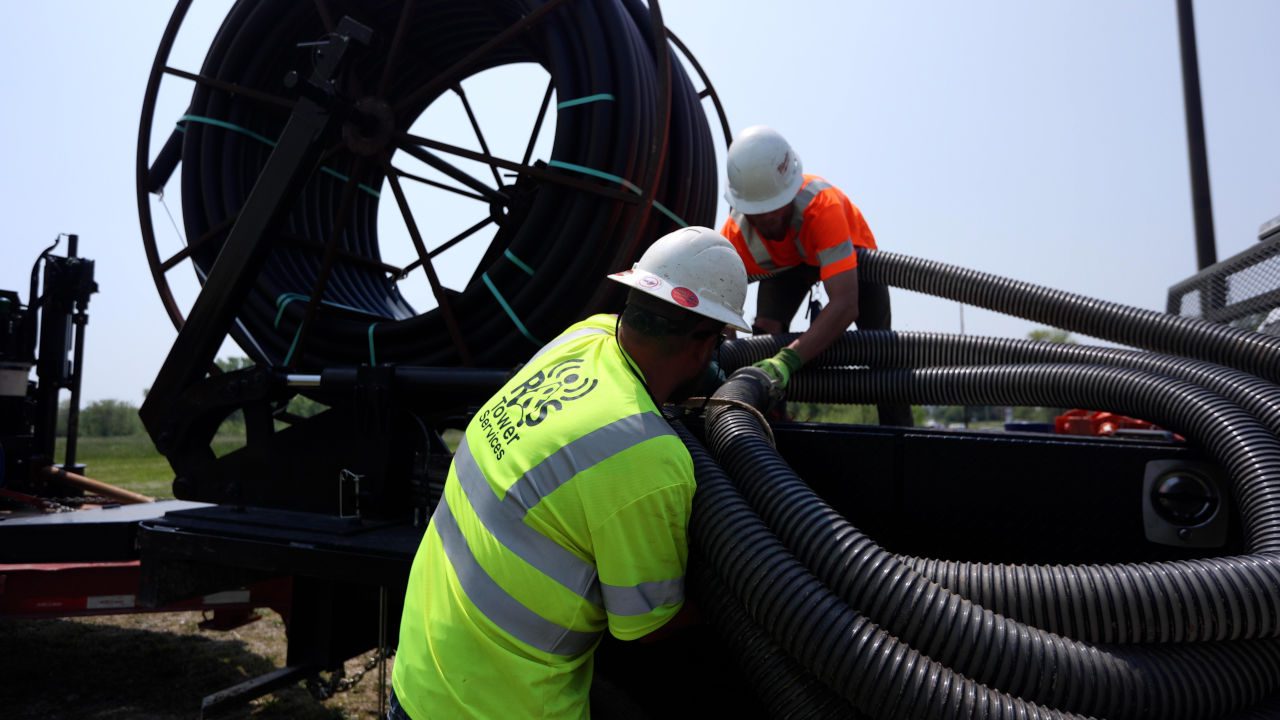Directional Drilling: A New Chapter in Resource Extraction
In recent years, the technique of directional drilling has emerged as a groundbreaking technique in resource extraction, opening new pathways for investigation and development in different fields. This cutting-edge approach allows operators to drill at multiple angles and depths, providing enhanced flexibility and efficiency compared to traditional vertical drilling methods. As the need for resources keeps to grow, and the need for sustainable and environmentally-conscious practices grows paramount, comprehending the principles and beneficial aspects of directional drilling is vital than ever.
For individuals unfamiliar with the concept, directional drilling refers to the method of drilling non-vertical boreholes to target specific targets beneath the Earth's surface. https://bookpillow1.bravejournal.net/directionally-driven-the-development-of-drilling-techniques has evolved significantly over the past few years and decades, incorporating cutting-edge technologies to enhance precision and reduce costs. From the oil and gas industry to utility setup and renewable energy projects, directional drilling is proving to be an essential tool for extracting resources. In this article, we will investigate the various facets of directional drilling, analyzing its advantages, technological advancements, and its pivotal role in contemporary infrastructure development.
Comprehending Directional Drilling
Non-Vertical drilling is a technique that permits drillers to create borehole paths that are not exclusively vertical. This technique permits the drilling of wells at various angles and depths, providing greater adaptability in resource extraction. It is particularly important in reaching hard-to-reach deposits found beneath barriers like buildings, highways, and bodies of water. By using innovative technology, directional drilling can enhance the drilling process, lessening the surface disturbance commonly associated with standard vertical drilling.
The advancement of directional drilling technology has transformed the fuel and utility sectors. Initially developed for oil and gas recovery, the process has expanded to include applications in the installation of utilities and renewable energy initiatives. As the need for energy and infrastructure rises, the utilization of directional drilling continues to increase, driven by its effectiveness and cost-effectiveness. This technique not only maximizes resource recovery but also limits the environmental effects often seen with traditional drilling practices.
Directional drilling includes several customized tools and techniques that support accurate drilling paths. Operators utilize mud motors and various types of drilling bits to navigate the subsurface landscape efficiently. Additionally, monitoring systems follow the hole's trajectory in actual time, ensuring that the drill keeps the intended path. This level of precision is essential for successful finishing, particularly in difficult environments where exactness is crucial. As technology continues to develop, the future of directional drilling assures even greater capabilities and improved outcomes.
Uses and Advantages
Directional borehole drilling has become vital in various industries due to its adaptability and effectiveness. In the oil and gas sector, directional drilling permits companies to access oil reserves that are not directly accessible from the surface. By drilling at different angles, operators can access pockets of materials that were previously unreachable, maximizing extraction while minimizing surface disturbance. This method has also demonstrated critical importance in infrastructure deployment, allowing the secure placement of conductors and lines beneath pathways and other infrastructure elements without the need for extensive excavation.

The advantages of directional drilling extend beyond extracting resources. One key advantage is its capacity to reduce ecological harm. With reduced surface footprints compared to conventional vertical drilling methods, directional drilling reduces land degradation and can be used in vulnerable ecosystems. Additionally, the use of this method often translates into cost savings. By decreasing the duration and resources required for drilling operations, companies can wrap up projects more rapidly and with less labor and machinery costs.
Furthermore, directional drilling is increasingly being used in renewable energy applications. It supports the setup of geothermal systems and underground grids for harnessing wind and solar power more effectively. As industries continue to strive for eco-friendly practices, the role of directional drilling will become more essential, supporting infrastructure development while aligning with sustainability objectives. This versatility and emphasis on eco-friendliness highlight the increasing importance of directional drilling in contemporary resource extraction and infrastructure projects.
Upcoming Trends and Advancements
The future of directional drilling is set to be influenced by progress in technology and creative methodologies. As the demand for faster and more efficient resource gathering grows, the integration of artificial intelligence and machine learning into the drilling procedure is becoming increasingly prevalent. These technologies enable immediate data analysis, which provides more precise drilling trajectories and reducing the chance of expensive errors. By using predictive algorithms, operators can enhance drilling procedures, improving both security and productivity.
Another significant trend is the rise of automation within the industry. Automated systems for drill monitoring and control are being developed to improve accuracy and minimize human intervention. link decreases the risk for human error but also enables drilling in more challenging environments where manual operation might be hazardous. Additionally, advancements in sensors and remote monitoring technologies are changing how drilling projects are managed, providing ongoing feedback and enhancing operational efficiency.
Finally, the move towards eco-friendly infrastructure is shaping the path of directional drilling technique. Developments like green drilling fluids and enhanced techniques to minimize environmental footprint are gaining traction. As urban areas grow and the demand for subsurface services rises, these advancements are essential for meeting regulatory standards while also better accommodating the increased focus on sustainability. The directional drilling industry is set to play a vital role in promoting these efforts, guaranteeing that infrastructure developments are completed with little disruption to the surroundings.